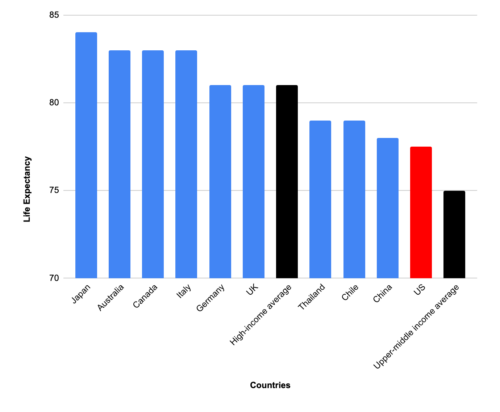The Equal Pay Act-Powerful But Not Enough
By: / 06.14.2013
Fifty years after the passage of the Equal Pay Act, women are earning 77 cents on the dollar compared to men.
While this gap is still bigger than it should be – especially since “breadwinner moms” now support 40 percent of American households – this disparity would unquestionably be worse without the cudgel of equal pay legislation.
But as a strategy for the next fifty years, the Equal Pay Act is not enough to close the wage gap for good. To win the battle for pay equality, women will need far more arrows in their quiver than the threat of litigation.
For one thing, fewer women are breaking the glass to sue their employers for discrimination.In 2012, the Equal Employment Opportunity Commission (EEOC) brought 1,082 claims under the Equal Pay Act – 1.1 percent of the total suits filed against employers. While the overall number of suits filed by the EEOC has risen steadily in the last two decades, the share of Equal Pay Act claims has been declining. The highest percentage was in 1992, when Equal Pay Act complaints made up 1.8 percent of all suits filed with the EEOC.
Filing suit under the Equal Pay Act is a potentially long slog with no guarantee of success. Under the law, employers are forbidden from paying unequal wages to men and women for jobs that require “equal skill, effort, and responsibility, and which are performed under similar working conditions.”
However, employers also have available to them a variety of “affirmative defenses” to defeat a claim, meaning that pay differentials are justifiable if they are based on seniority, merit, quantity or quality of production, or a factor other than gender.
Many employers, aware of the possibility of lawsuits, are also careful to document their promotion and compensation practices. Of the 1,082 cases brought in 2012, the EEOC found “reasonable cause” – or evidence of discrimination – in just 7.4 percent of claims while finding “no reasonable cause” in 59.1 percent of cases.
The tough odds of success are no doubt a significant deterrent to women stepping forward, as is the immense personal toll of filing suit against your boss.
Iconic equal pay activist Lilly Ledbetter is a heroine in part because of her tenacity. In an historic case, Ledbetter pursued a sex discrimination case against the Goodyear tire factory that paid her thousands of dollars less than her male counterparts. Her lawsuit took the better part of ten years to make it to the U.S. Supreme Court in 2007 – where she still lost.
Another woman who sued her employers for discrimination, Harvard- and Princeton- trained lawyer Ellen Pao, made national news by continuing to show up for work after filing suit. According to news reports, Pao’s colleagues “clutched their drinks and steered clear” of her when she appeared at a party for firm clients.
The difficulties of Ledbetter’s case prompted the passage of the Lilly Ledbetter Fair Pay Act in 2009, which cleared the way for more women to sue. Women’s groups are also now advocating for the passage of the Paycheck Fairness Act, which would, among other things, increase penalties against employers who discriminate, prohibit retaliation against workers who ask about wage and compensation practices and make it harder for employers to mount a defense against claims.
Without question, Congress should take steps to ensure that women who suffer pay discrimination aren’t discouraged from filing suit. And in fact, litigation can prove to be a highly successful tactic. In March 2010, Wal-Mart agreed to pay more than $11.7 million to settle a sex discrimination suit brought by workers in Kentucky. More suits against Wal-Mart are pending.
But as more women move into management and executive roles at businesses, the adversarial nature of litigation makes it increasingly the wrong strategy for winning women the fair treatment they deserve.
First, the nature of the pay gap has changed. Even as discrimination persists, it’s not the only reason women make less than men. Women who drop out of the labor force to raise children pay a steep penalty for taking time off. Harvard economist Claudia Goldin found that female MBA’s who took 18 months off to care for their kids earn 41% less than their male counterparts, while the “mommy penalty” for female lawyers is 29%, the gap for female MD’s is 16% and the lag for female Ph.D’s 33%.
These pay gaps are not illegal per se under the Equal Pay Act because women returning to the job after a hiatus have arguably lost seniority and are not on par with men who’ve stayed on the job the whole time.
Second, pay is not the only consideration for women in the workforce. Flextime, paid leave and opportunities for advancement despite a flexible or part-time schedule are of equal concern, if not more, for many women. According to the Institute for Women’s Policy Research, only 12 percent of employees have access to paid family leave. Litigation is too blunt an instrument for getting women the accommodation they want.
The Equal Pay Act remains a remedy of last and powerful resort, but the changing needs of women workers now go far beyond its original mission. Helping women succeed – including by closing the pay gap for good – will demand a much more comprehensive agenda to transform the American workplace.
This item is cross posted from Washington Monthly.







